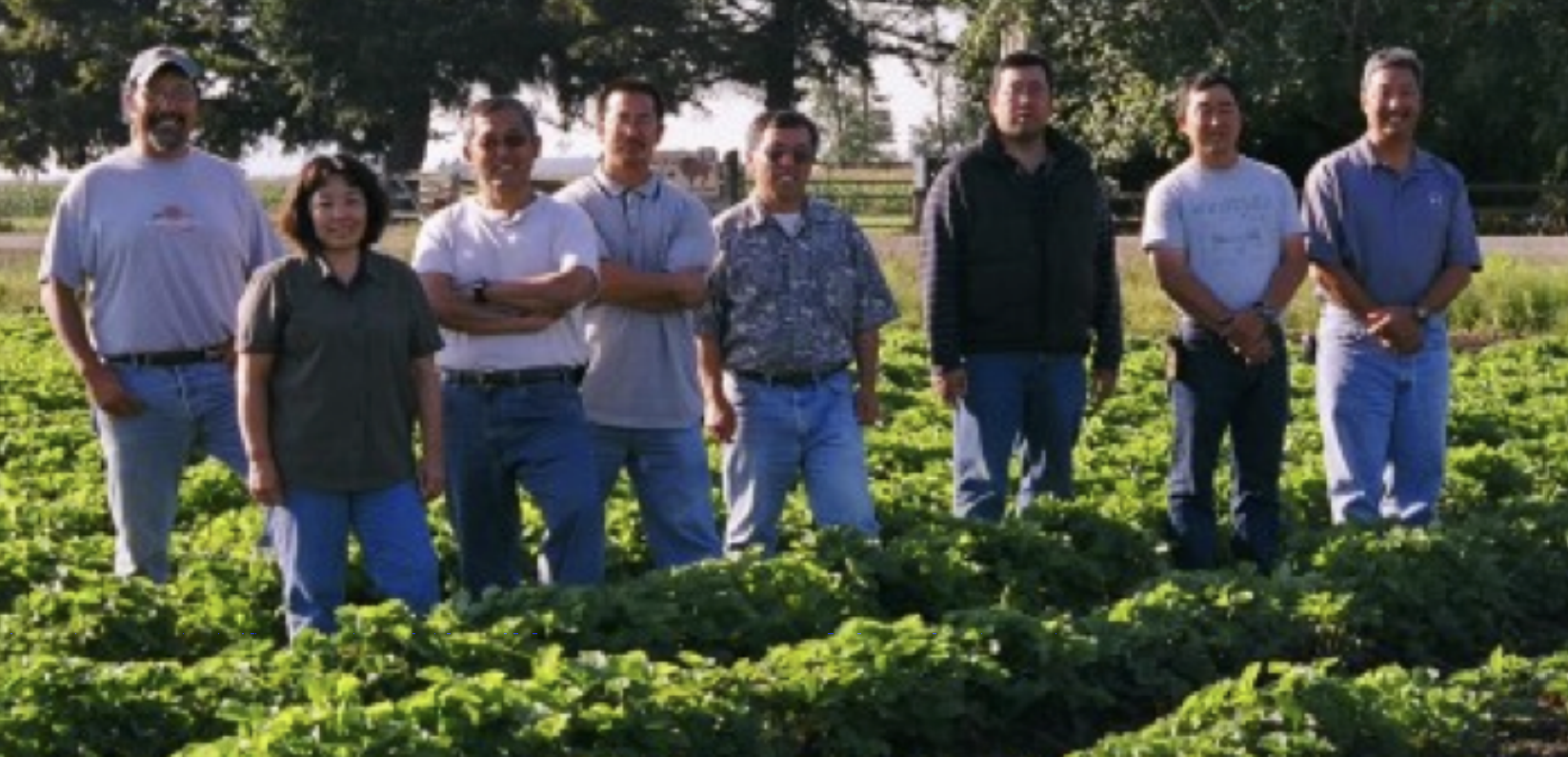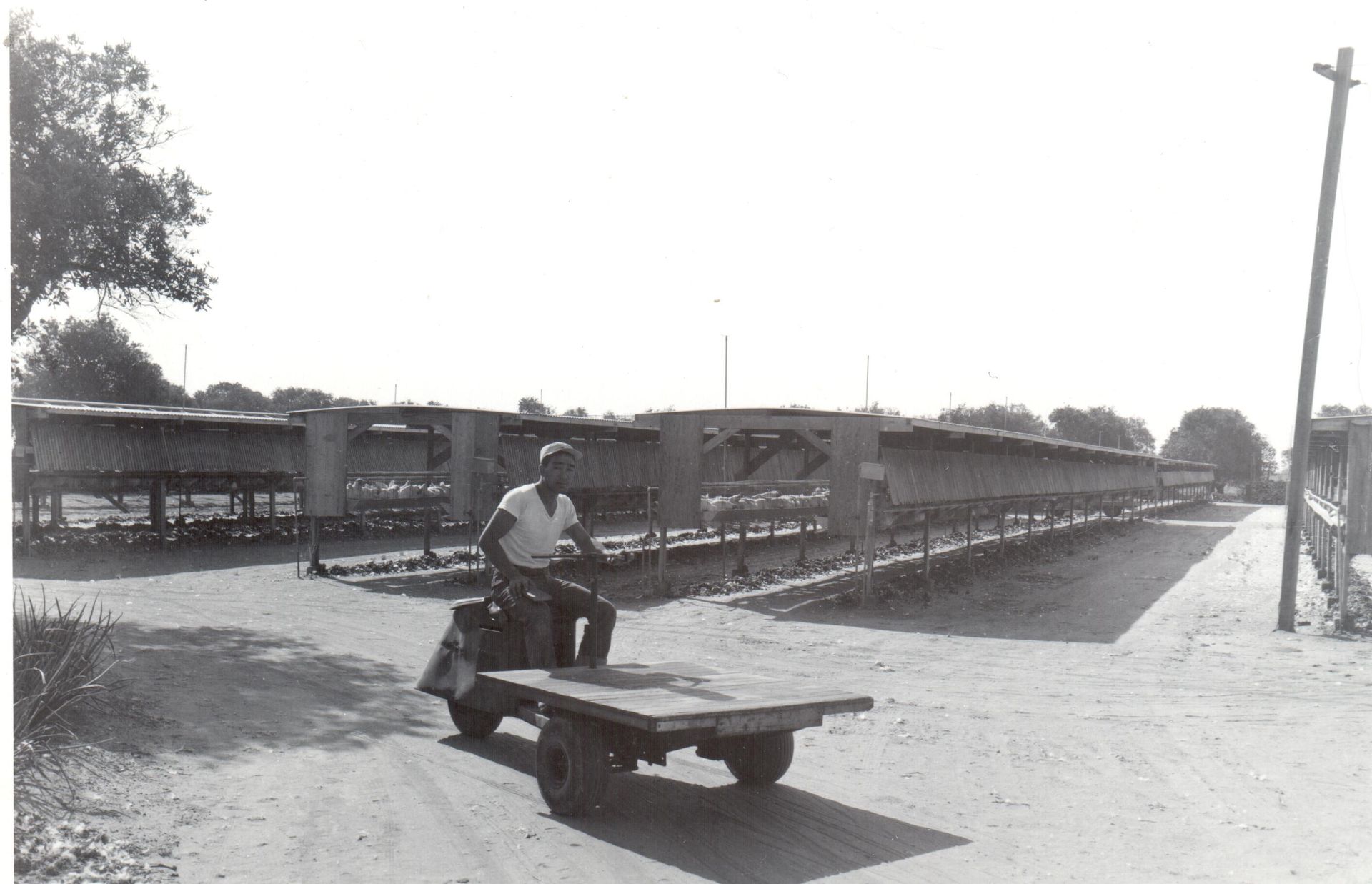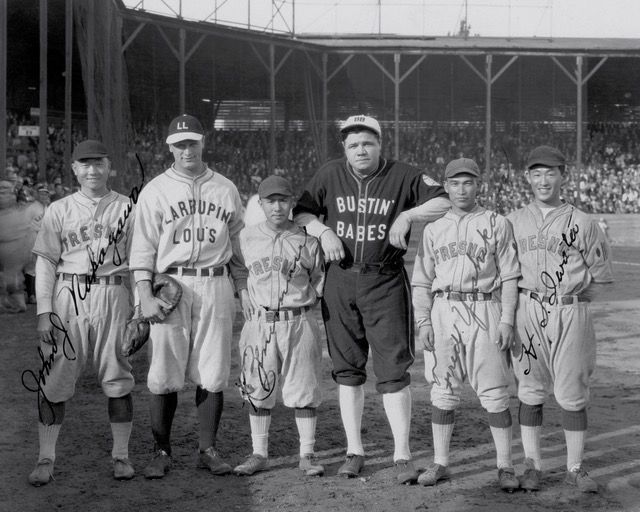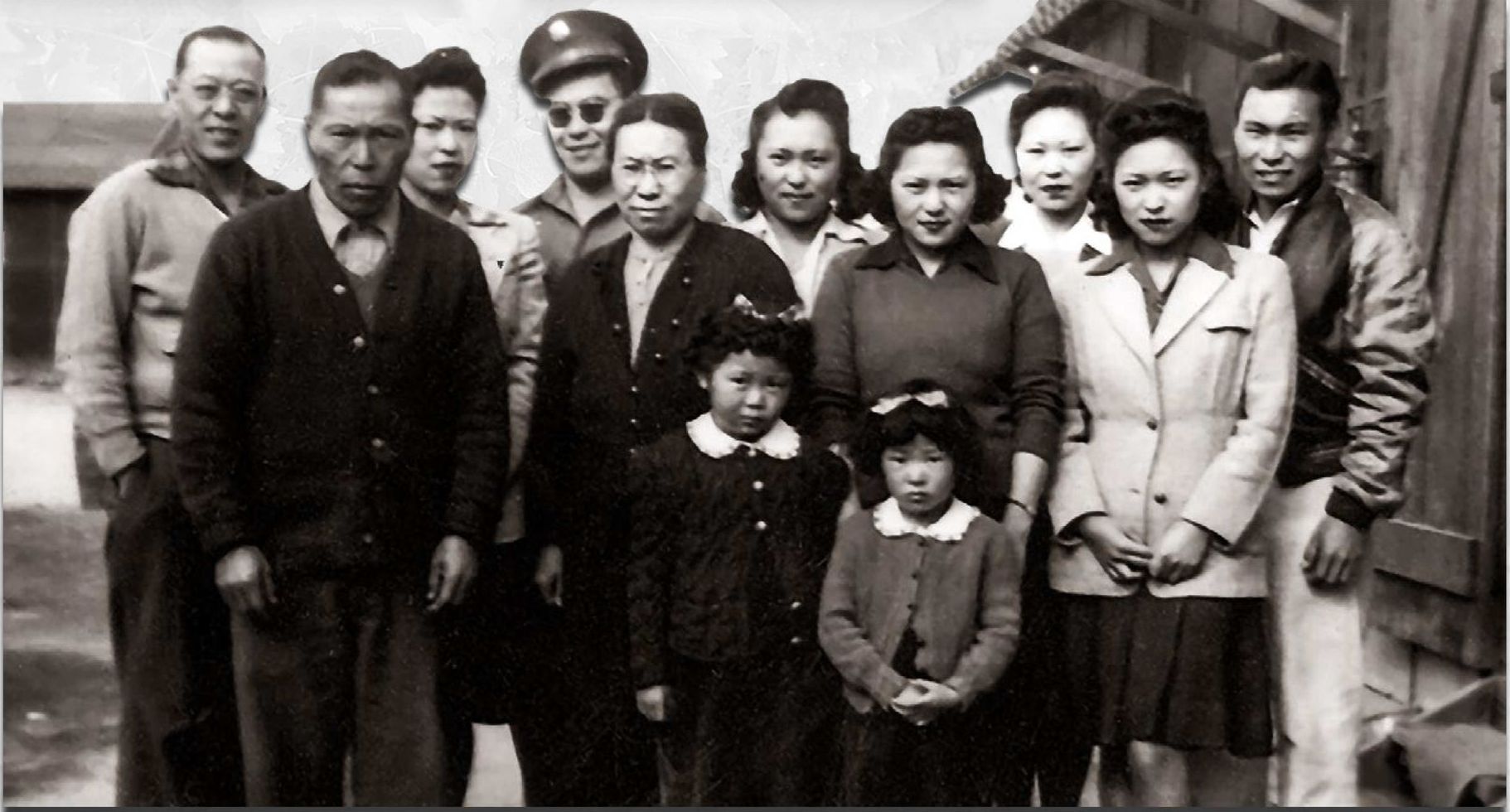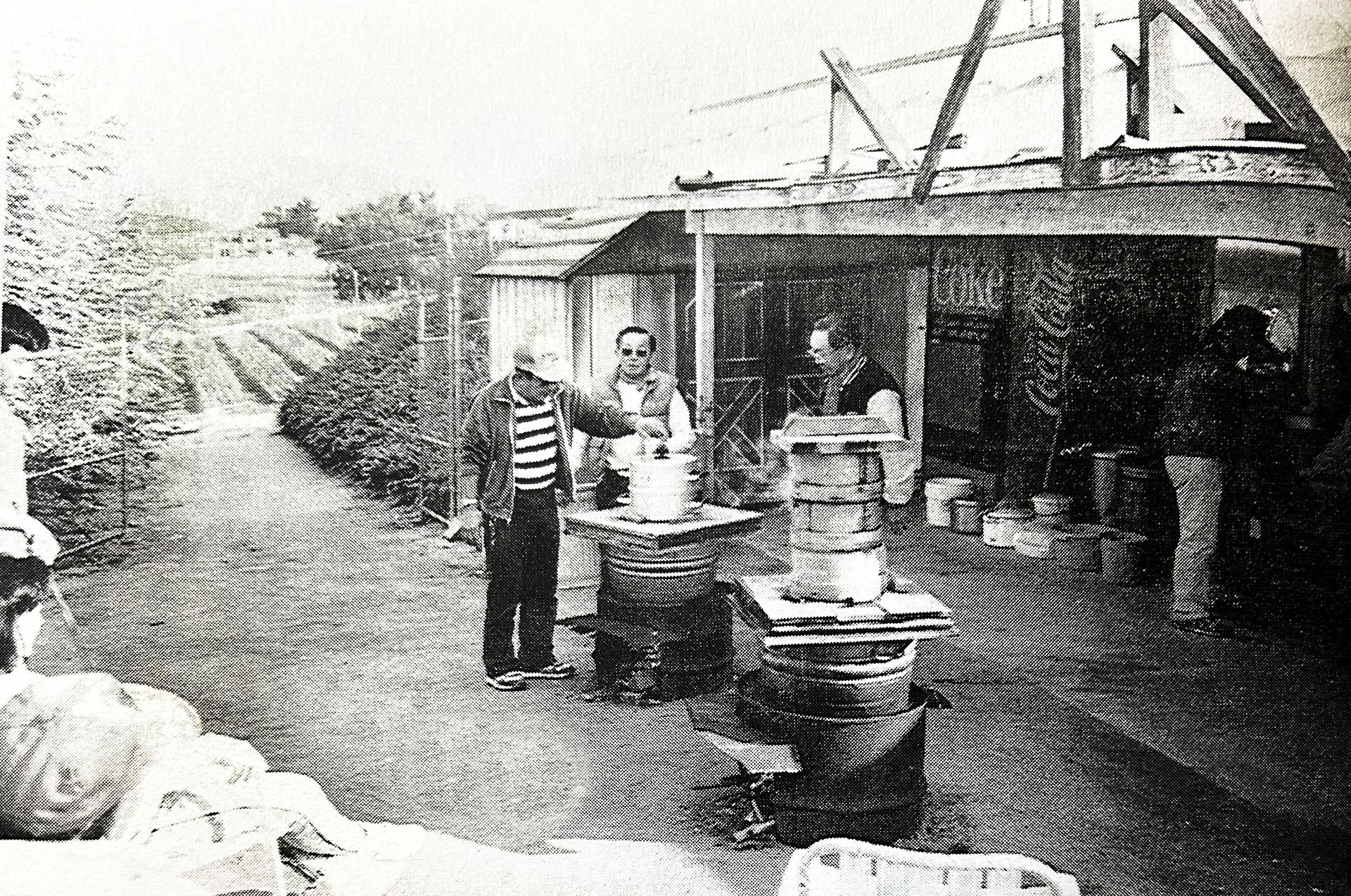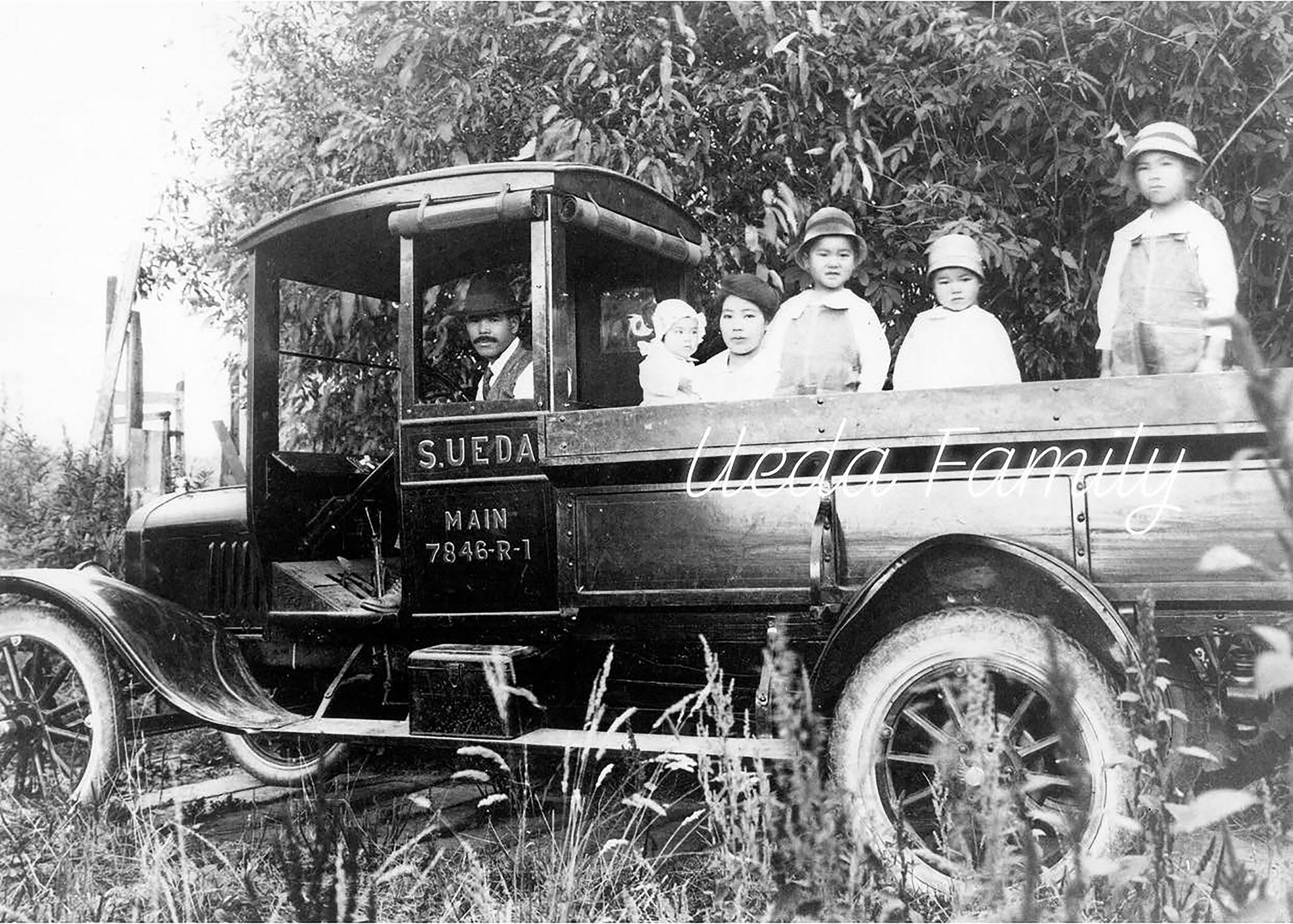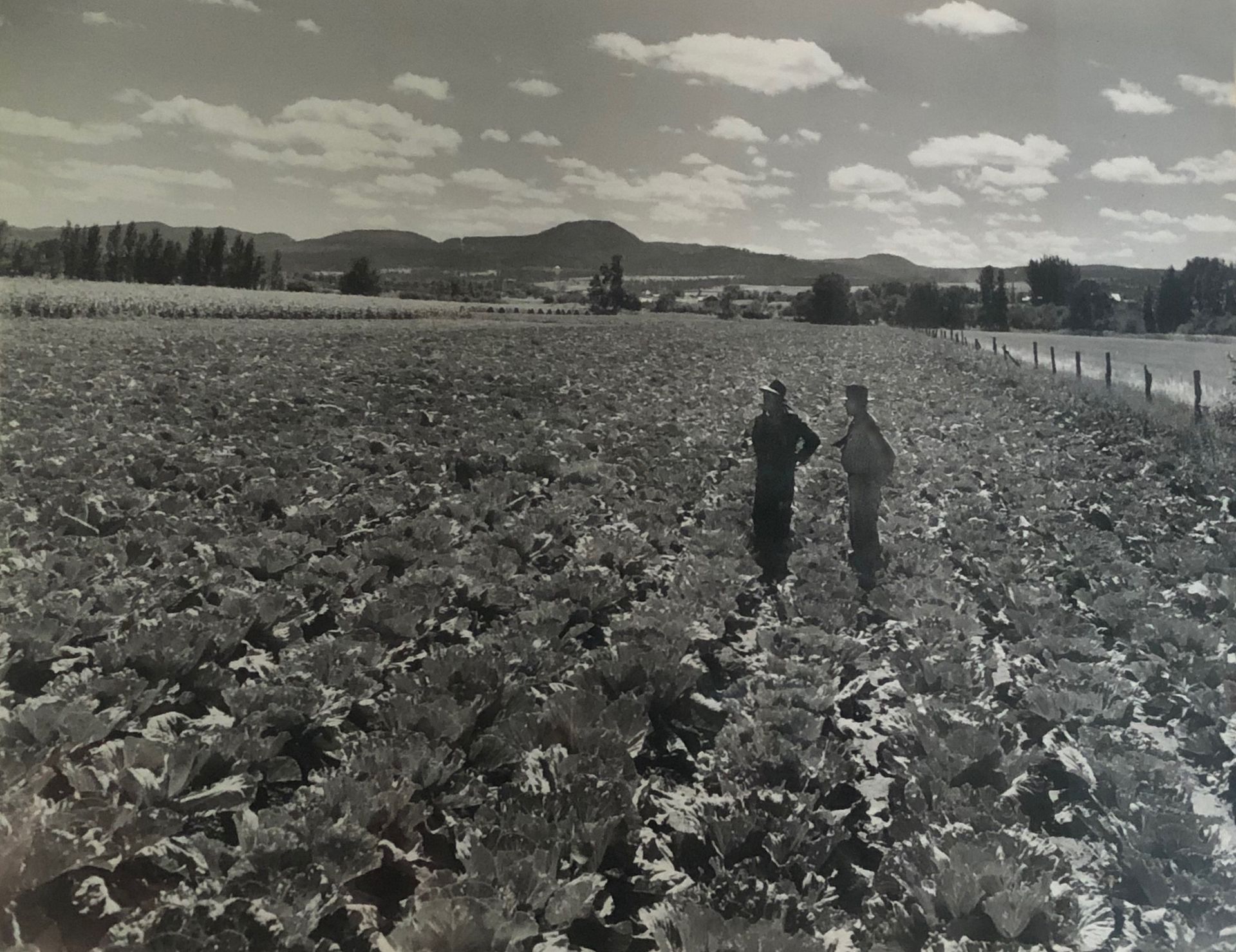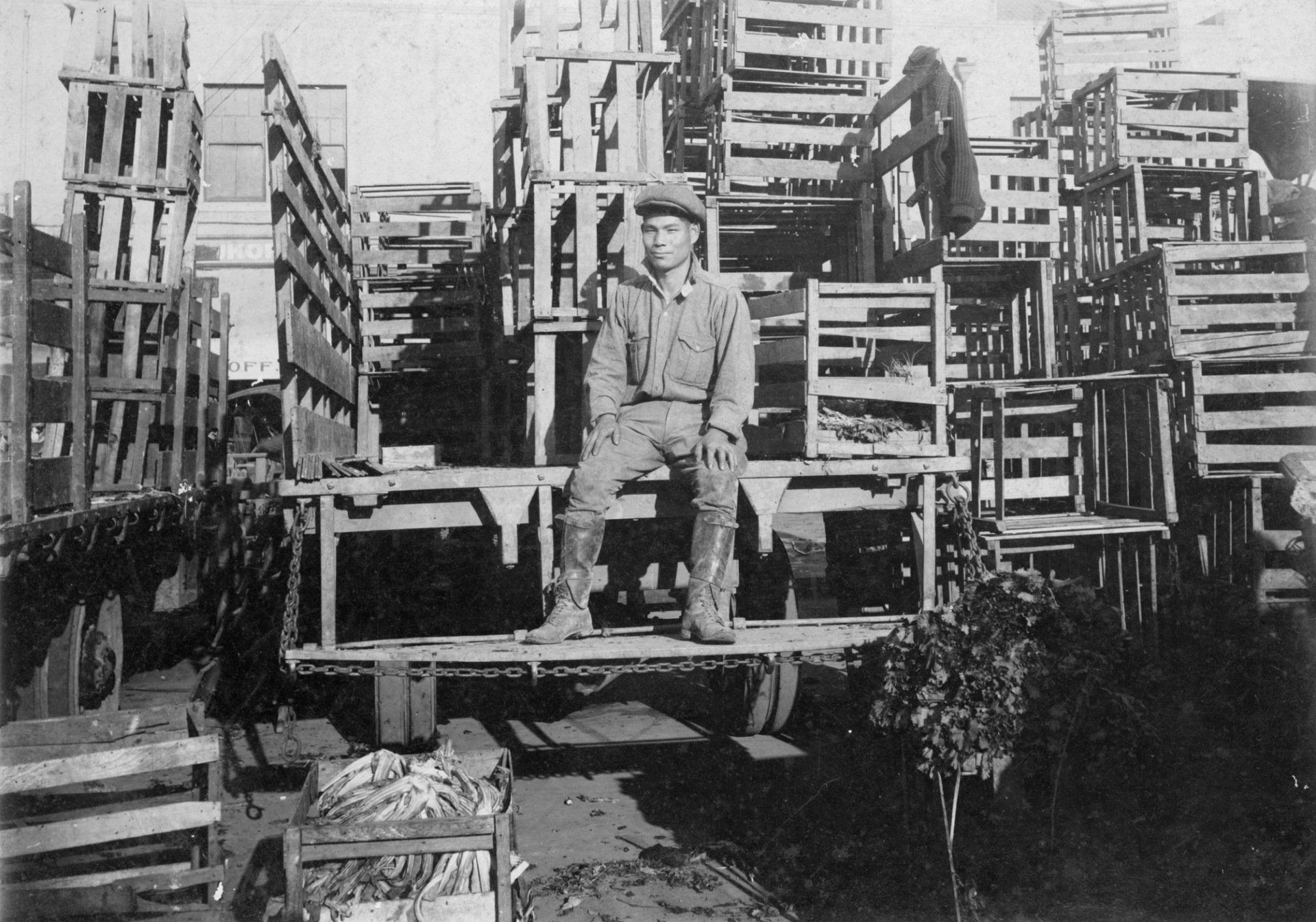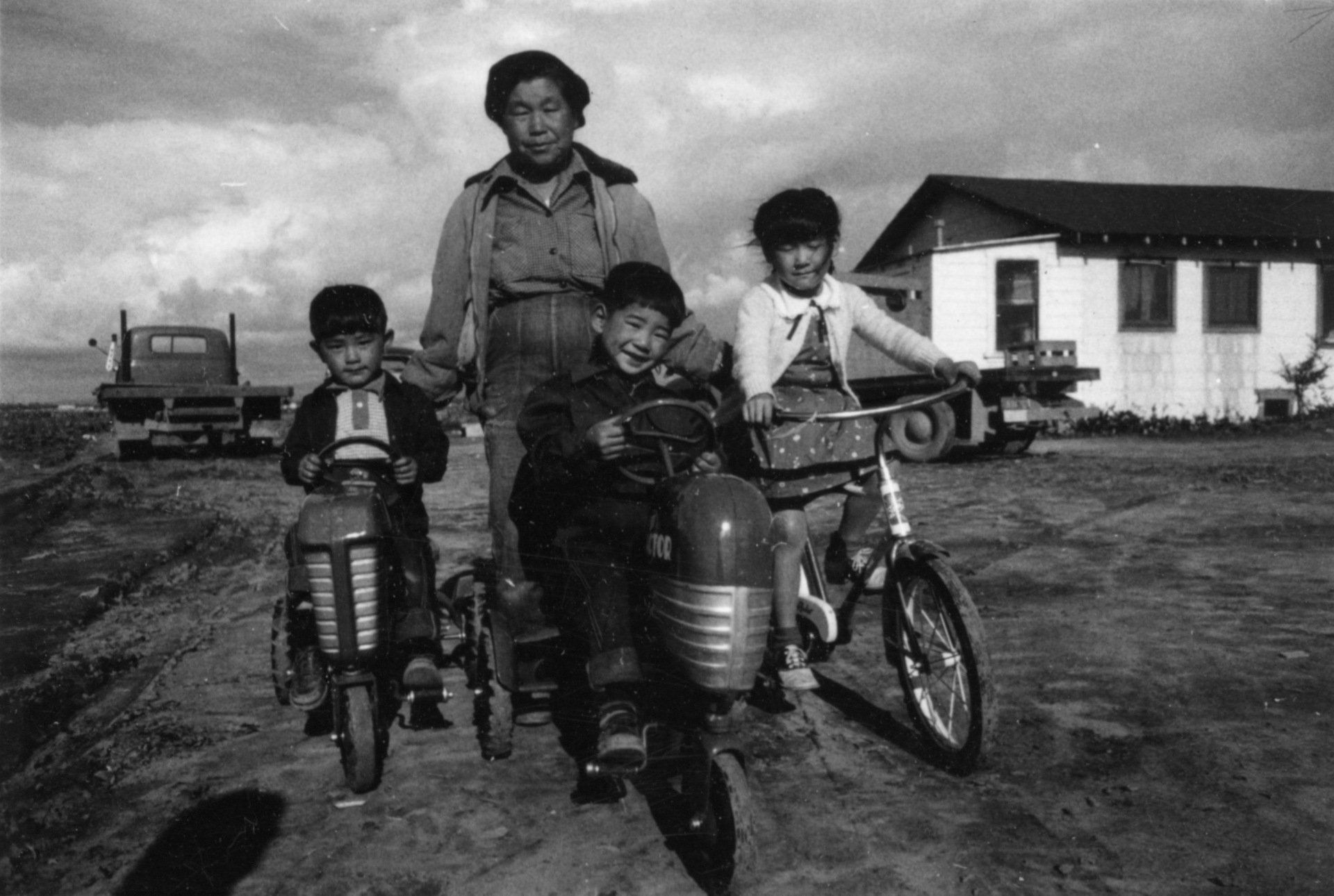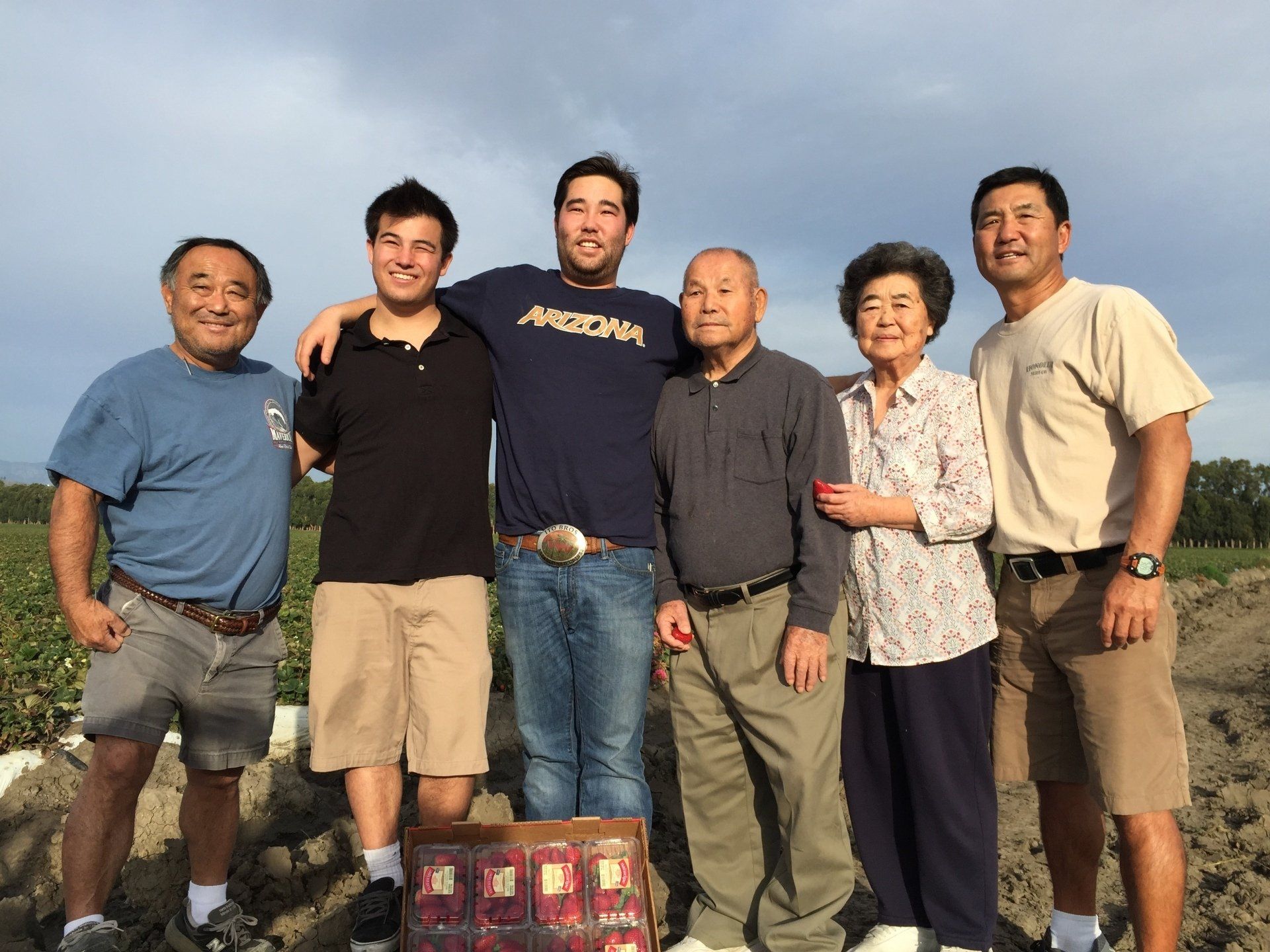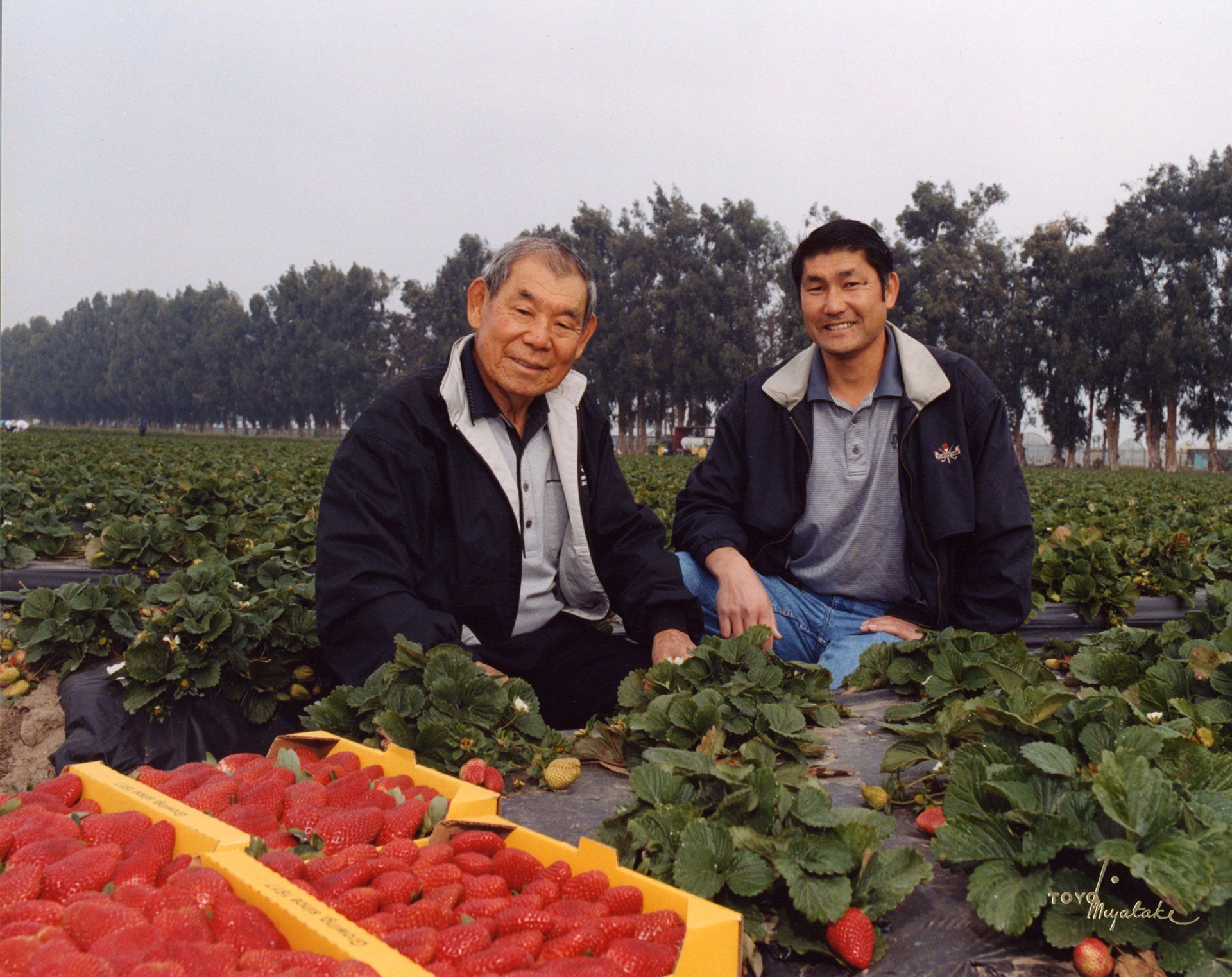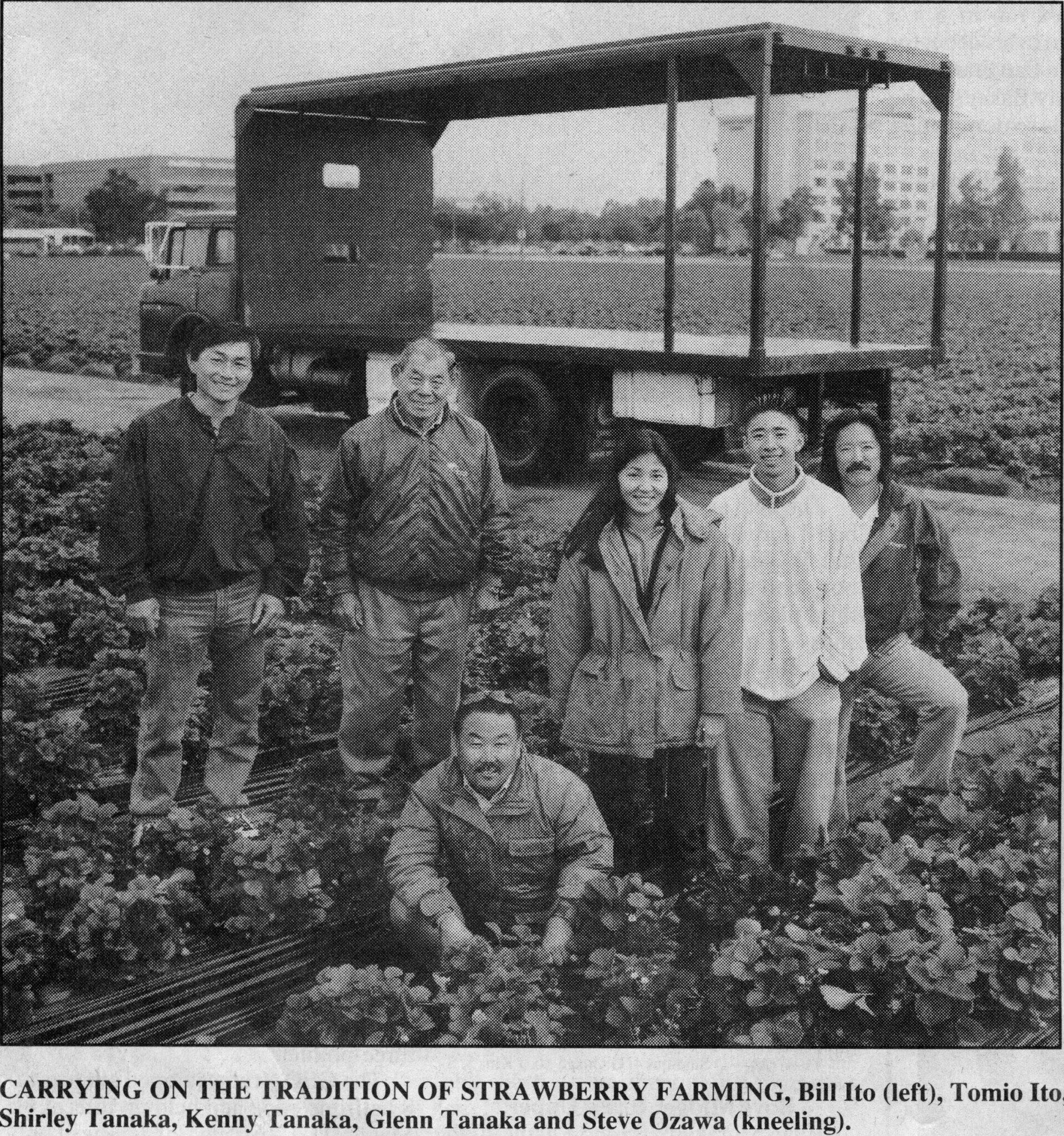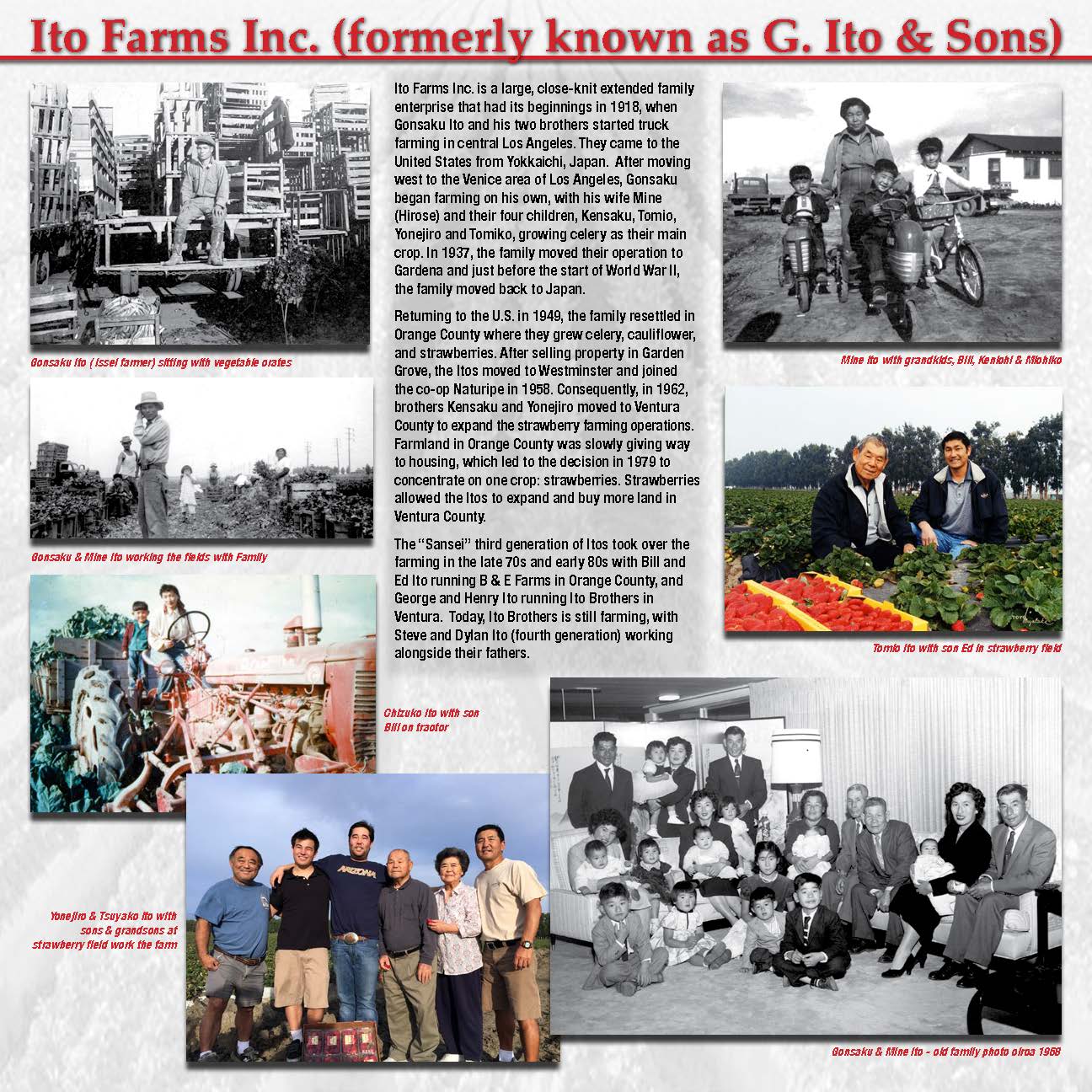Ito Farms (previously known as G. Ito and Sons)
Strawberry farming and family values are the legacy of Gonsaku and Mine Ito.
Ito Farms Inc. is a large, close knit extended family enterprise that had its beginnings in 1918, when Gonsaku Ito and his two brothers started truck farming in central Los Angeles. They came to the United States from Yokkaichi, Japan. After moving west to the Venice area of Los Angeles, Gonsaku began farming on his own, with his wife Mine (Hirose) and their four children, Kensaku, Tomio, Yonejiro and Tomiko, growing celery as their main crop. In 1937, the family moved their operation to Gardena and just before the start of World War II, the family moved back to Japan.
Returning to the U.S. in 1949, the family resettled in Orange County where they grew mainly celery, cauliflower, and strawberries. After selling property in Garden Grove, the Itos moved to Westminster and joined the co-op Naturipe in 1958. Consequently, in 1962, the two brothers Kensaku and Yonejiro moved to Ventura County to expand the strawberry farming operations. During the 60s and 70s, Ito Farms was also growing tomatoes and cucumbers but the farming land in Orange County was slowly giving way to housing and buildings which led to the decision in 1979 to concentrate on one crop: strawberries. Strawberries allowed the Itos to expand and buy more land in Moorpark, Oxnard and Ventura.
The “Sansei” third generation of Ito's took over the farming in the late 70’s and early 80’s with Tomio’s two sons Bill and Ed Ito running B & E Farms in Orange County and Yonejiro’s two sons George and Henry Ito running Ito Brothers in Ventura. The family businesses grew to become one of the largest strawberry growers in Southern California. Today, Ito Brothers is still farming with Steve and Dylan, the fourth generation of Itos working alongside their fathers.
Although Gonsaku and Mine Ito could not own land (alien land lawn), they persevered to make a good and an enjoyable life, which the sons have followed. George Ito attributes the successful family business to the hard work of the “parents and grandparents who built it”. Bill Ito, who still serves as chairman of the board of Naturipe Berry Growers pays tribute to his family legacy “To watch my grandparents and parents work so hard from early mornings to late nights was such an inspiration; I learned so much from the sacrifices they made for us.”
Gonsaku Ito ( Issei farmer) sitting with vegetable crates
Gonsaku & Mine Ito working the fields with Family
Mine Ito with grandkids, Bill, Kenichi & Michiko
Chizuko Ito with son Bill on tractor
Yonejiro & Tsuyako Ito with sons & grandsons at strawberry field work the farm
Tomio Ito with son Ed in strawberry field
Gonsaku & Mine Ito - old family photo
Ito, Tanaka and Ozawa strawberry farmers
Current extended family photo (Tomio's granddaughter's wedding 2011)

